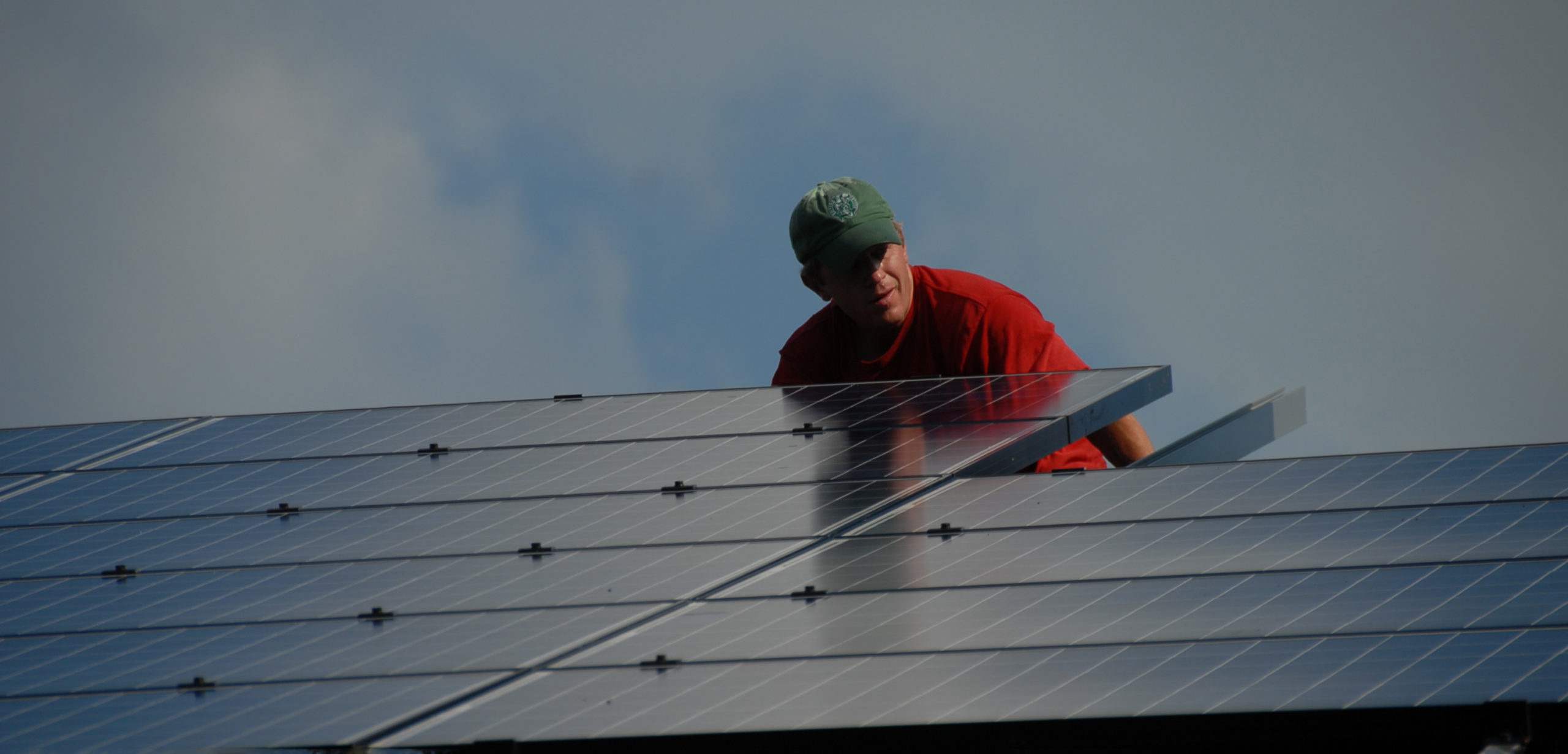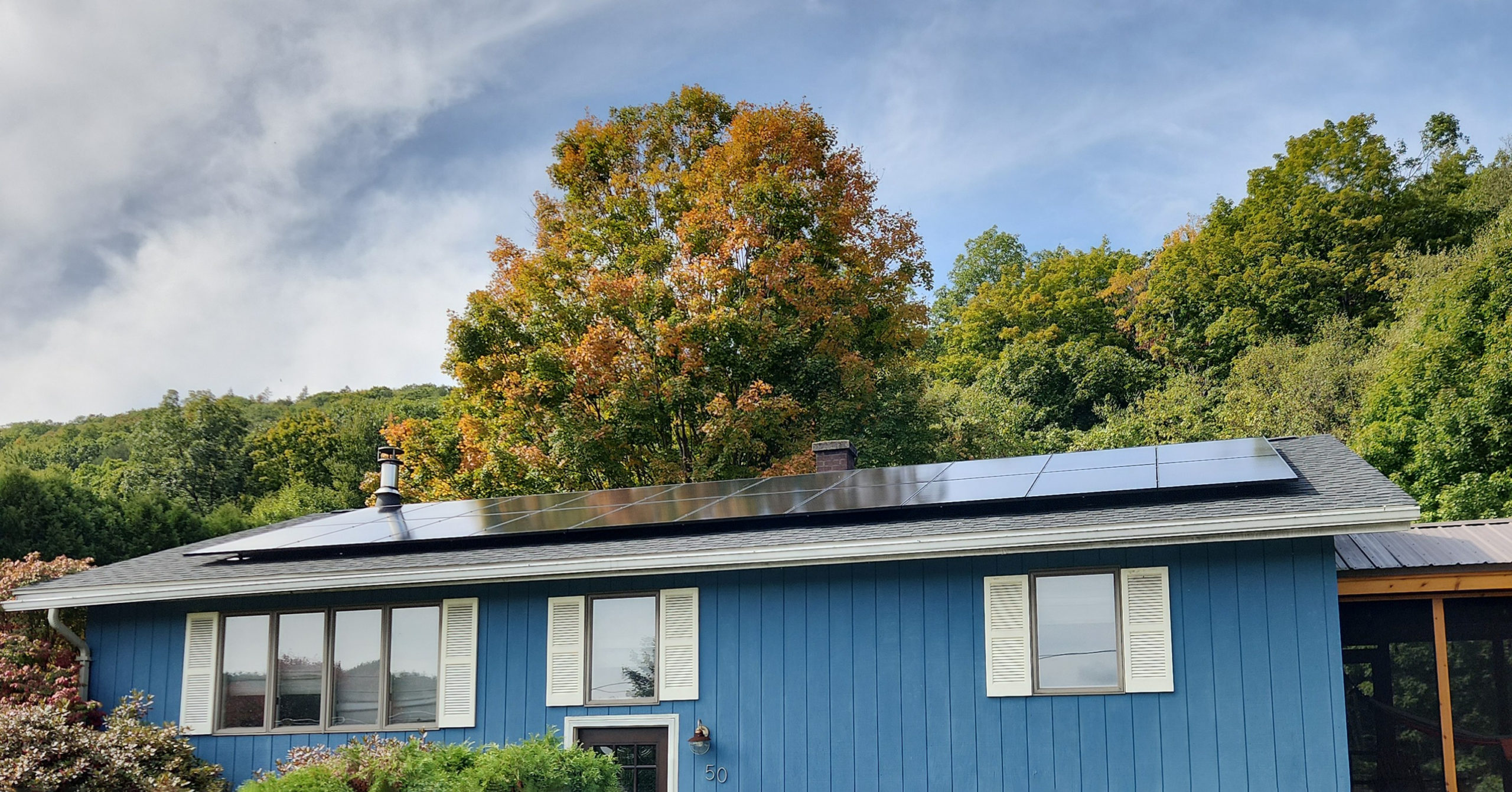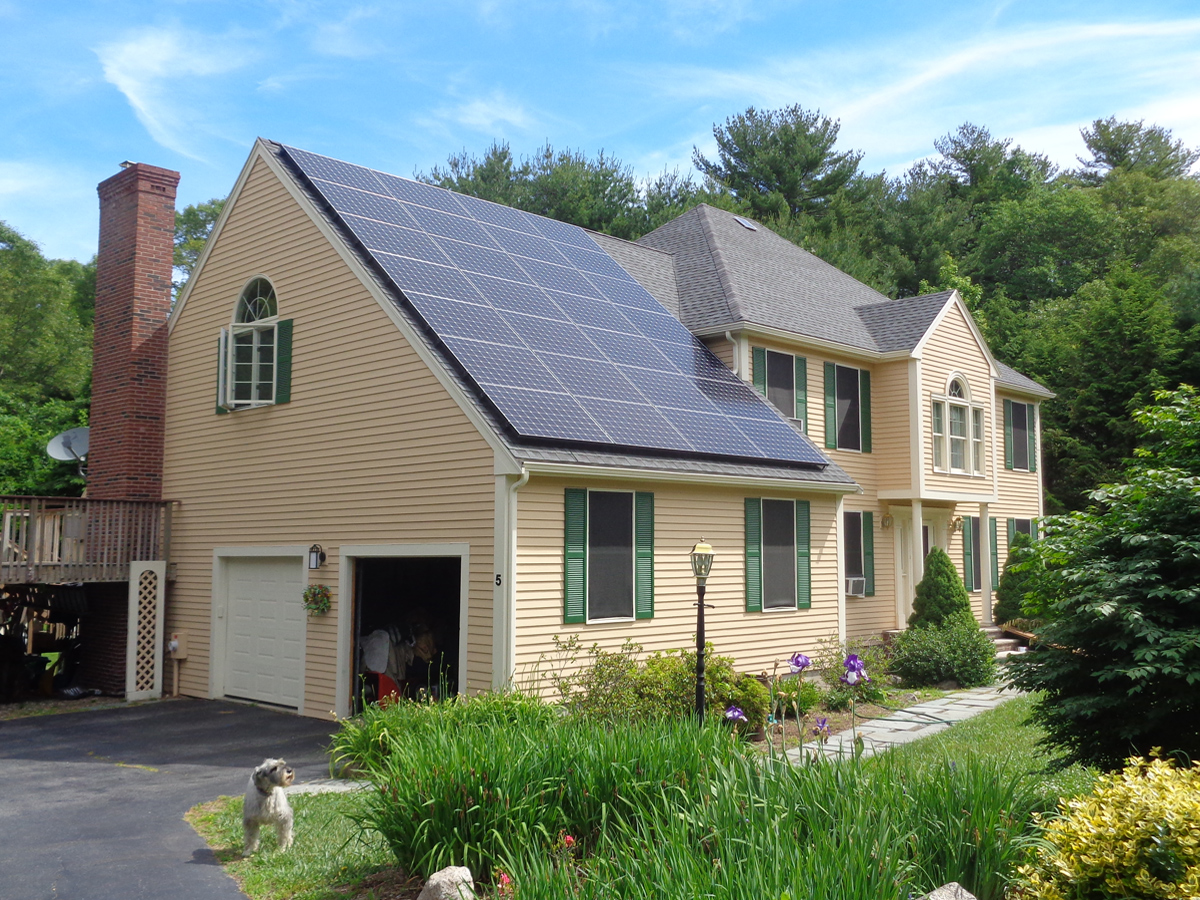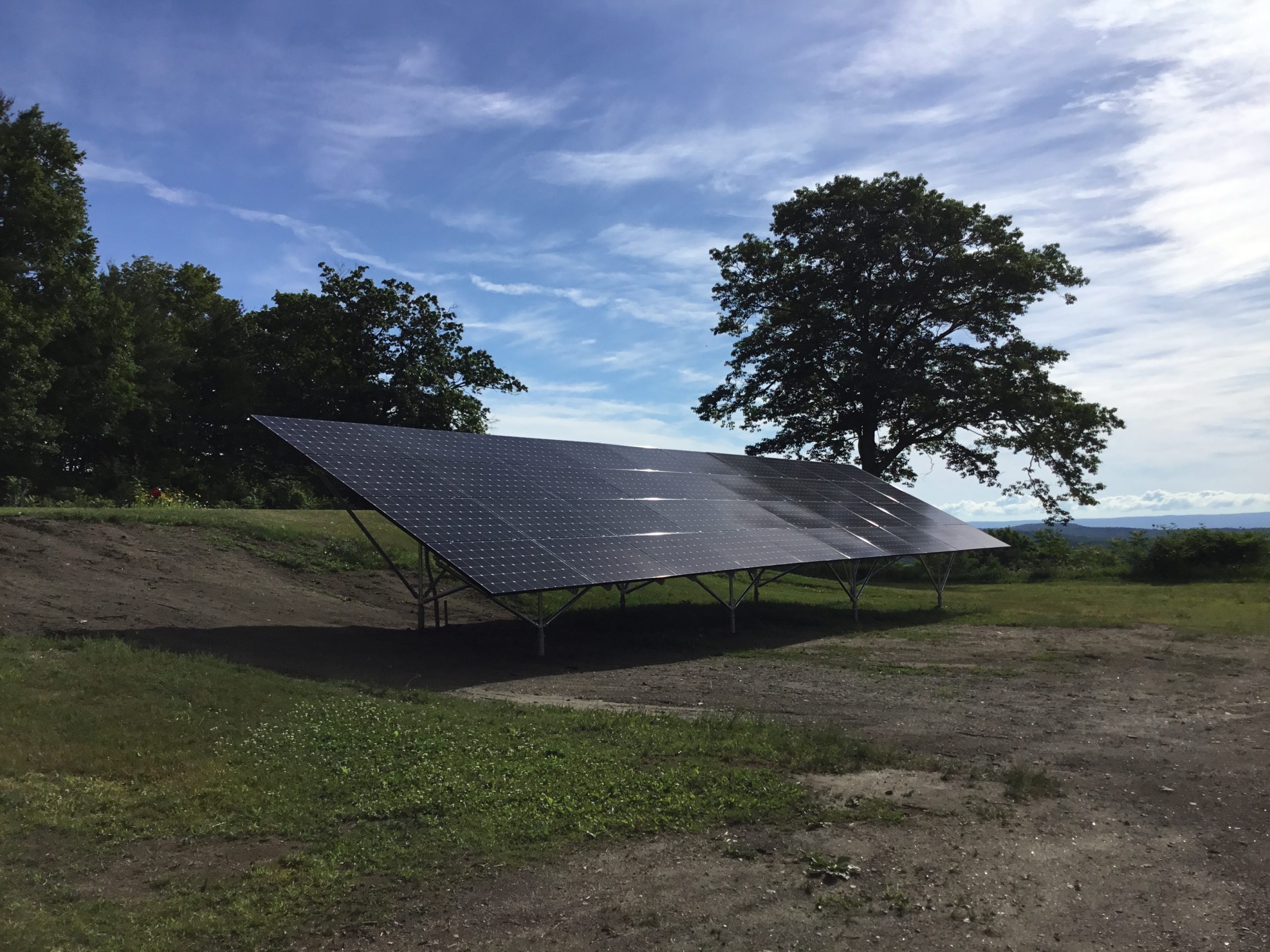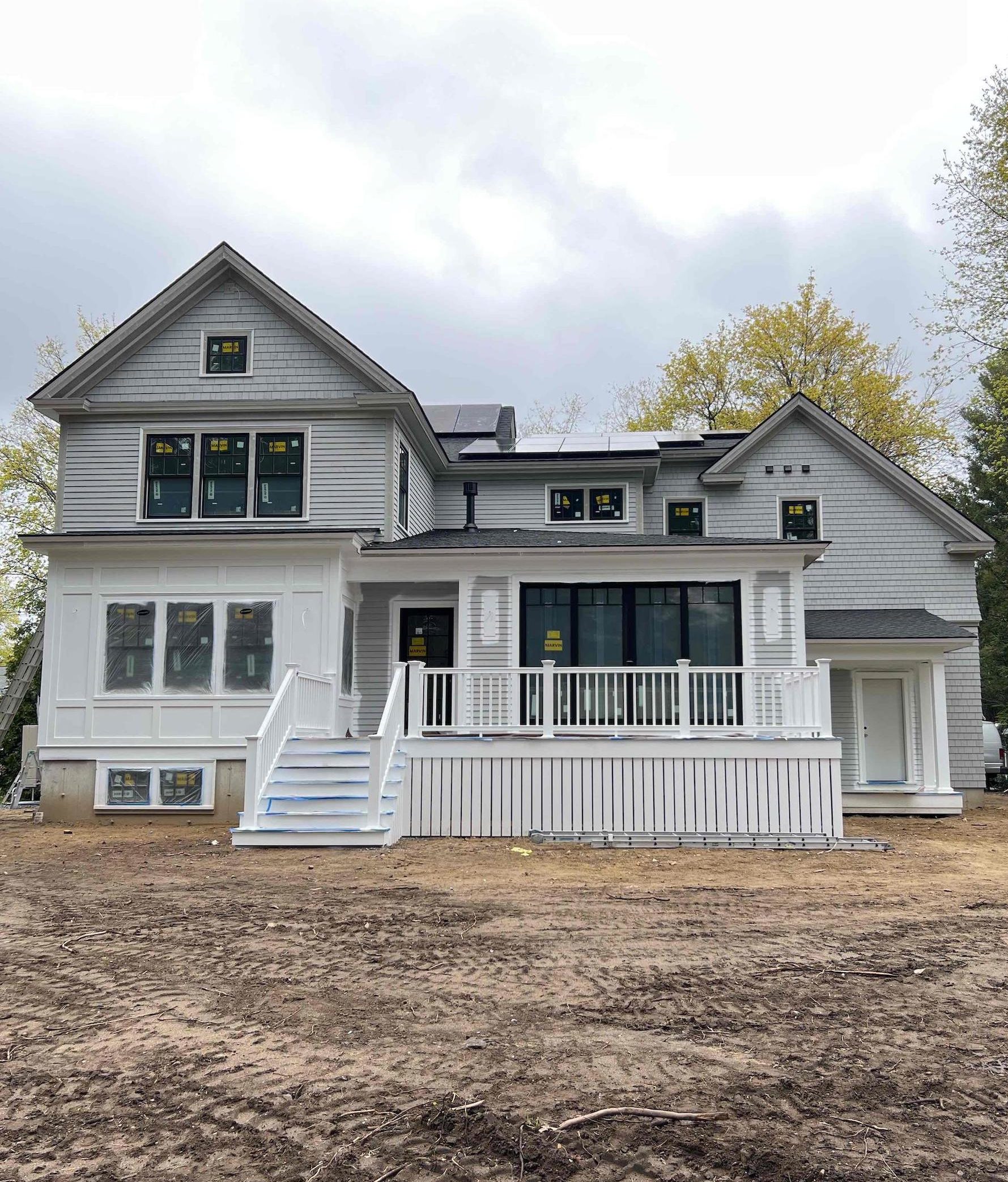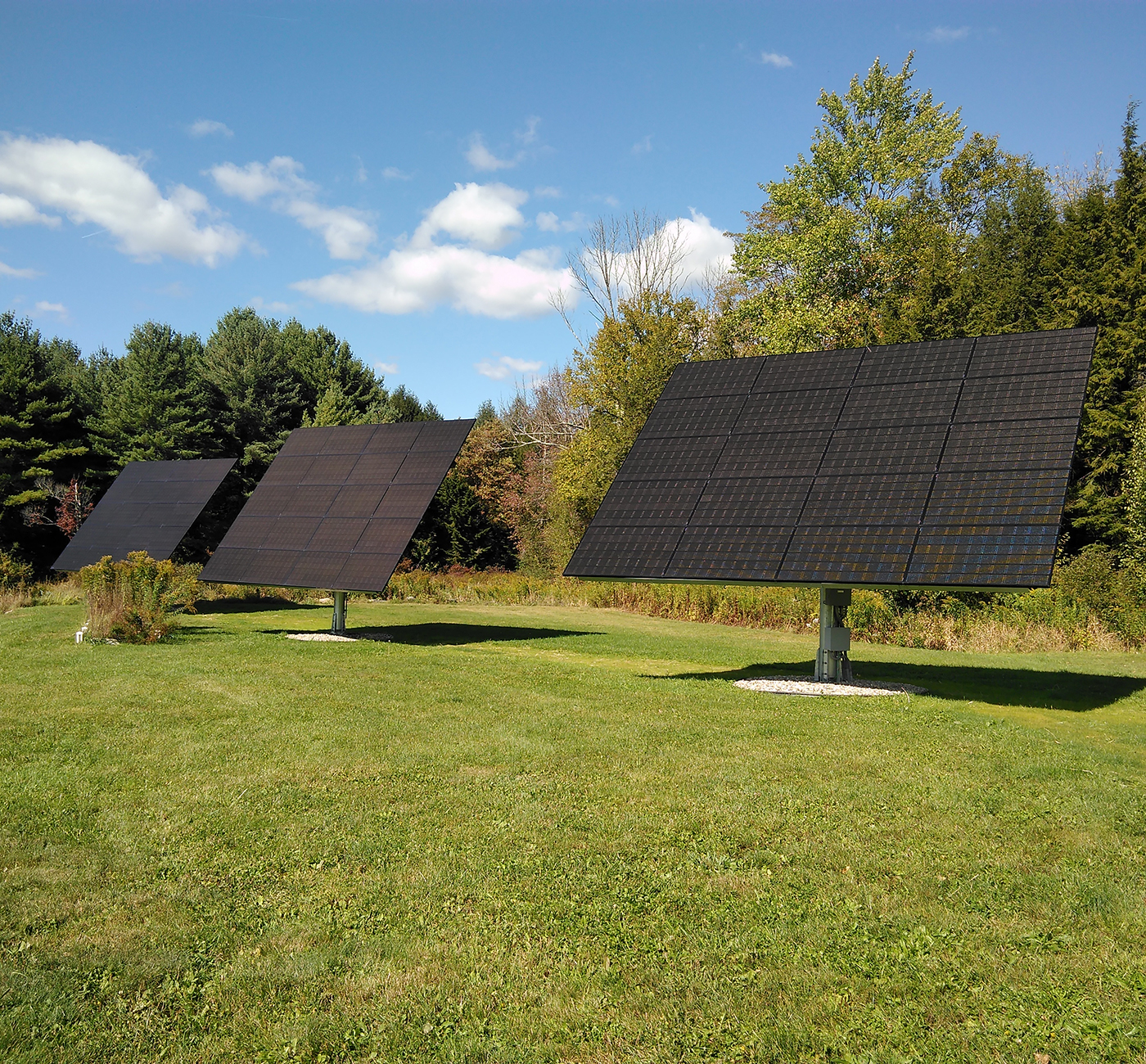We work with a host of high-quality manufacturers to source panels that come from all over the world, ensuring we have the best tech available for developing a customized system tailored to your home’s unique needs.
For a standard 8 to 12 kilowatt (kW) roof installation, we’ll connect a series of panels together (usually between twenty and thirty, depending on available roof area) to create one or more arrays. We’ll locate the array(s) to receive the greatest amount of direct sunlight during the peak hours.
It may seem like designing the ideal array is all about maximizing the use of south-facing roof areas, no matter how cramped the results may be. But we consider a number of other factors, such as roof access for wiring, that can impact the cost of construction. When factoring in construction complexity, the highest producing roof surfaces may not have the best return on investment. Our engineering goal is to maximize the value of your system.





